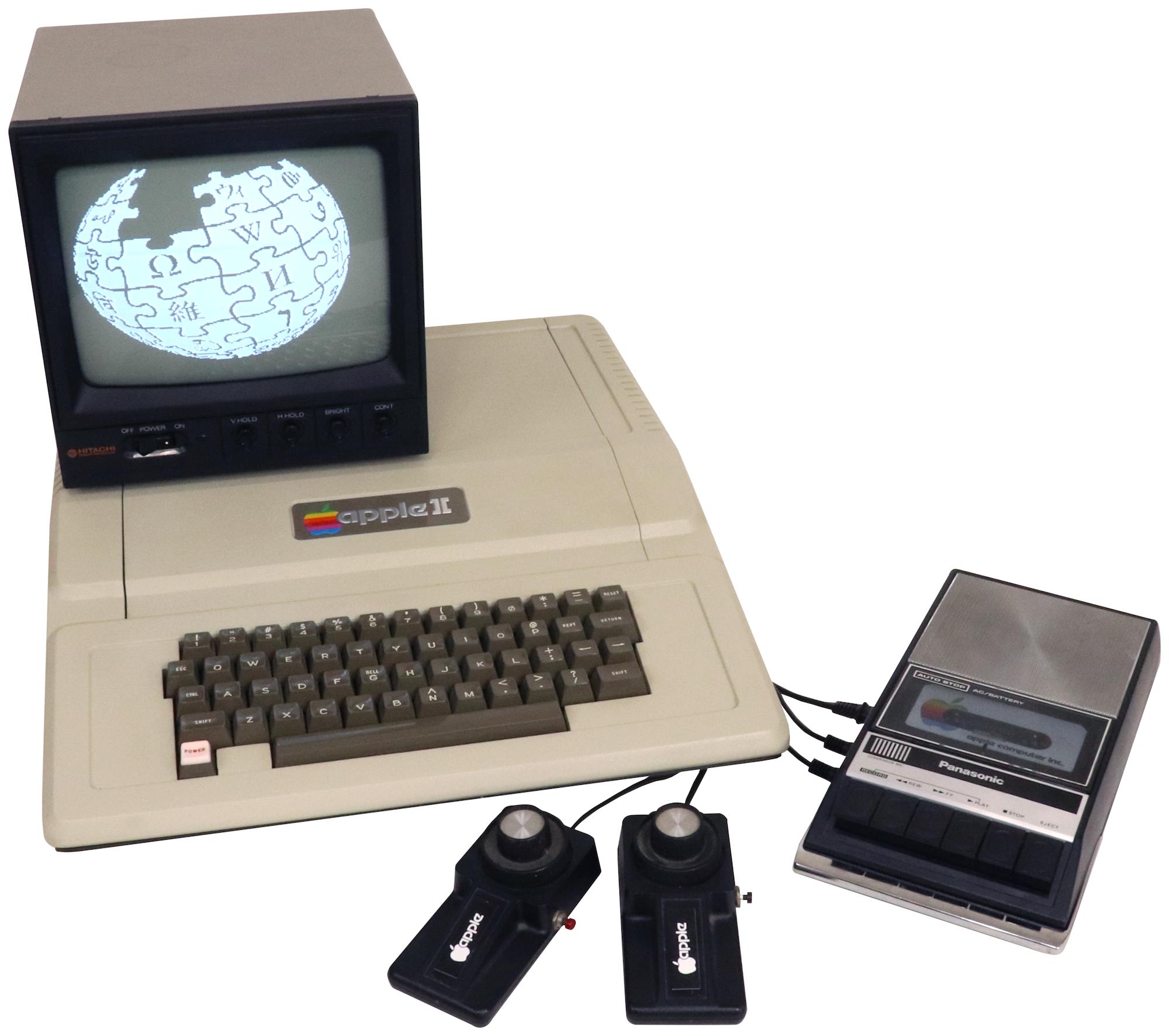Old Apple II machines are still ticking at the heart of the Lenin Museum in Russia

What you need to know
- Apple II computers are still being used in the Lenin Museum.
- The machines were augmented with British technology specifically designed to manage effects.
- Engineers have to come out of retirement just to maintain everything.
Former Soviet Union leader Vladimir Lenin might be long gone, but the museum dedicated to telling his story is still very much around. And somehow so are the Apple II computers that power its special effects.
In what must surely be one of the strangest places you'd find a vingtage computer, a network of Apple II computers still keep the Lenin Museum in Gorki Leninskiye ticking over. According to Atlas Obscura they've been there since the museum opened on 1987.
The computers are used to run "an elaborate audiovisual show" which at the time must have been very impressive indeed. The name was equally impressive – the effects were called "ideologico-emotional centers".
"Originally, they were called 'ideologico-emotional centers,'" says Boris Vlasov, Deputy Director of Research at Gorki Leninskiye Museum-Reserve, standing in front of a large cube of cranberry-red glass. As he presses a button on a bulky remote, the cube lights up from the inside, revealing moving images surrounded by elaborate props and scenery. Each of the museum's five cubes, which look almost like monoliths from 2001: Space Odyssey, houses a short three-dimensional presentation. Moving mirrors and Pepper's ghost projectors—the same technology that helped Tupac perform a posthumous concert—make them look like a theatrical play.
Getting the show up and running meant Russia needed a computer capable of running it all. That led them to a British company called Electrosonic and its ES4000 machine.
In 1981, the British audiovisual company Electrosonic launched the ES4000. It was a set of computer accessories and software that helped technicians program the building blocks of multimedia exhibitions. The system was built into a computer Electrosonic was already using internally—the Apple II. (A 1987 copy of Apple User magazine spotlighted the ES4000.) The choice of an Apple machine simplified the distribution in many parts of the world. By sticking to a popular, off-the-shelf computer, the company could buy Apple computers locally and extend them with the ES4000 hardware later.
But this being Russia, things weren't that simple. Soviets weren't allowed to deal with British companies, meaning getting the Apple II and hardware into the country was a problem. But as always, where there's a will, there's a way. And a little bit of creative accounting was employed.
To get around Soviet regulations, the deal was signed with a specialized economic body, Technointorg, and carried over through Beech Compix, a British front for the Soviet Chamber of Commerce and Industry. Foreign staff traveled to the USSR, too—but Cascade, a Russian company, took credit for their job, seemingly to preserve the impression that Soviet technology could not be beat.
Despite the changes Russia has gone through since the museum's opening, it's still there, almost unchanged. The report says that engineers even come out of retirement sometimes, just to keep everything running as it should.
Still, as if frozen in time, Lenin Museum outlived the fall of state-enforced communism with virtually no changes. Nothing was dismantled, altered, or even substantially upgraded, and the same piece of technology installed in the 1980s is still serviced twice a year.
Amazingly, it all continues to work. American Apple II computers with bolted on British compontents are still powering the effects at the Lenin Museum in Russia. We wonder what the man himself would make of all that!
iMore offers spot-on advice and guidance from our team of experts, with decades of Apple device experience to lean on. Learn more with iMore!

Oliver Haslam has written about Apple and the wider technology business for more than a decade with bylines on How-To Geek, PC Mag, iDownloadBlog, and many more. He has also been published in print for Macworld, including cover stories. At iMore, Oliver is involved in daily news coverage and, not being short of opinions, has been known to 'explain' those thoughts in more detail, too.
Having grown up using PCs and spending far too much money on graphics card and flashy RAM, Oliver switched to the Mac with a G5 iMac and hasn't looked back. Since then he's seen the growth of the smartphone world, backed by iPhone, and new product categories come and go. Current expertise includes iOS, macOS, streaming services, and pretty much anything that has a battery or plugs into a wall. Oliver also covers mobile gaming for iMore, with Apple Arcade a particular focus. He's been gaming since the Atari 2600 days and still struggles to comprehend the fact he can play console quality titles on his pocket computer.
